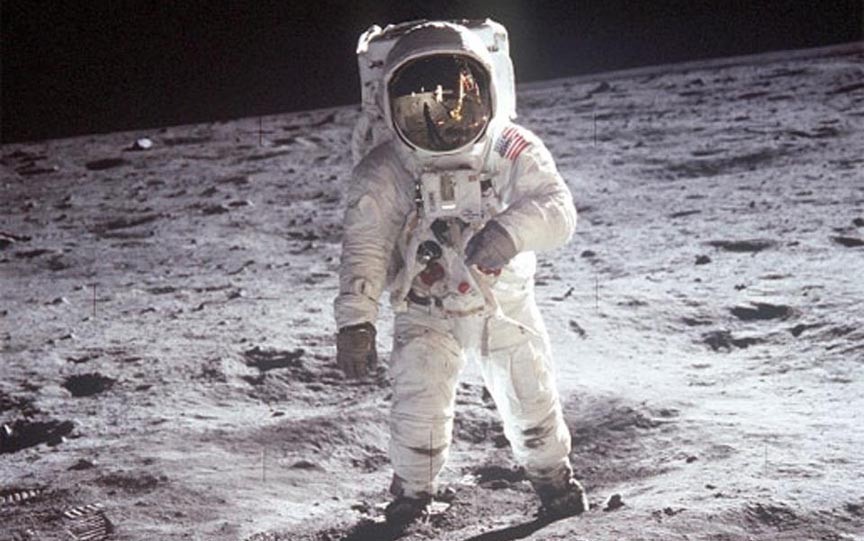
What is likely to happen if a Pakistani mission were to land on the lunar surface

When Savage Garden released To the Moon and Back first as a single in November 1996 and then as an album the next year, it became a roaring success. The track bagged the ARIA Music Award for song of the year, dominated the UK Singles Chart and the US Billboard Hot 100. There was hardly a corner of the world where it wasn’t played. Pakistan was no exception.
One could be forgiven for playing To the Moon and Back over the past week. After all, July 20 marked the 50th anniversary of NASA’s Apollo 11 Moon landing, and on July 22 India launched its second lunar mission, Chandrayaan-2.
In some ways, it’s the season for Savage Garden in Pakistan. One could dedicate I Want You, Truly Madly Deeply or I Knew I Loved You, to the country’s civil-military relationship, or Prime Minister Imran Khan’s recent rendezvous with US President Donald Trump.
Now that efforts to purify the land have reached proportions of savagery, one has to limit oneself to the realm of Islamo-nationalism at all times. Therefore, considering India is aiming for the Moon, as a patriotic Pakistani one has to aspire for a day when we too can do that. Of course one has to first find out whether such exploration is permitted.
Over the centuries none of the Islamic scholars have comprehensively dealt with the subject. Many literalists maintain that the Earth is flat.
Let’s assume that attempting to go to the Moon isn’t forbidden. That opens up a whole new dimension for us. The very first step we need to take before going to the Moon is to sight it. And in our neck of woods, where every action is conditional on the approval of a particular brand of mullah, a gang seems to have a monopoly over Moon sighting.
The Ruet-e-Hilal Committee would inevitably be in-charge of any lunar exploration mission that Pakistan undertakes. However, given that there won’t be any consensus over whether or not the Moon the Ruet-e-Hilal Committee-led space mission is headed towards is, in fact, the Moon, there would inevitably be a parallel mission initiated by the Khyber-Pakhtunkhwa government under the leadership of Shahabuddin Popalzai. In that regard, Pakistan will become the first and only country to have all its lunar exploration missions in pairs.
Even so, the ramifications of what happens in the build-up to Pakistan’s Moon landing isn’t quite as daunting as the repercussions of what will happen afterwards. Just as we celebrate Eid on different dates, we can also commemorate our Moon landing anniversary on different dates.
What is likely to happen once we have our part of the Moon? Let’s assume that Chandrayaan-2 and the Ruet-11 - along with A-Popalzai 11 - are successful in achieving their respective goals. The Moon would then become a disputed territory.
Would it surprise anyone if a future Indo-Pak war is fought over border violations on the Moon?
Chandrayaan-2 took off from the Satish Dhawan Space Centre on July 22, 2019 at 2.43pm IST/2:13pm PST (09:13 UTC). Given an orbit perigee of 170 km and an apogee of 45,475km, Chandrayaan-2 is scheduled to land on the Moon on September 6, 2019.
Yes, September 6, the day Pakistan commemorates as its Defence Day.
When the two do go to war over the Moon… would Shashi Tharoor’s next book be on how shrewd pre-Partition British policies had pushed India and Pakistan towards a nuclear war being fought over the Moon? Prime Minister Imran Khan might dub the crisis a result of Pakistan’s participation in the War on Terror.
Oh wait, that was before he became the PM and agreed to toe the US line on Afghanistan. His latest trip to the US might have even more benefits for Pakistan, given that President Trump might extend his offer to mediate between India and Pakistan over the Moon as well.